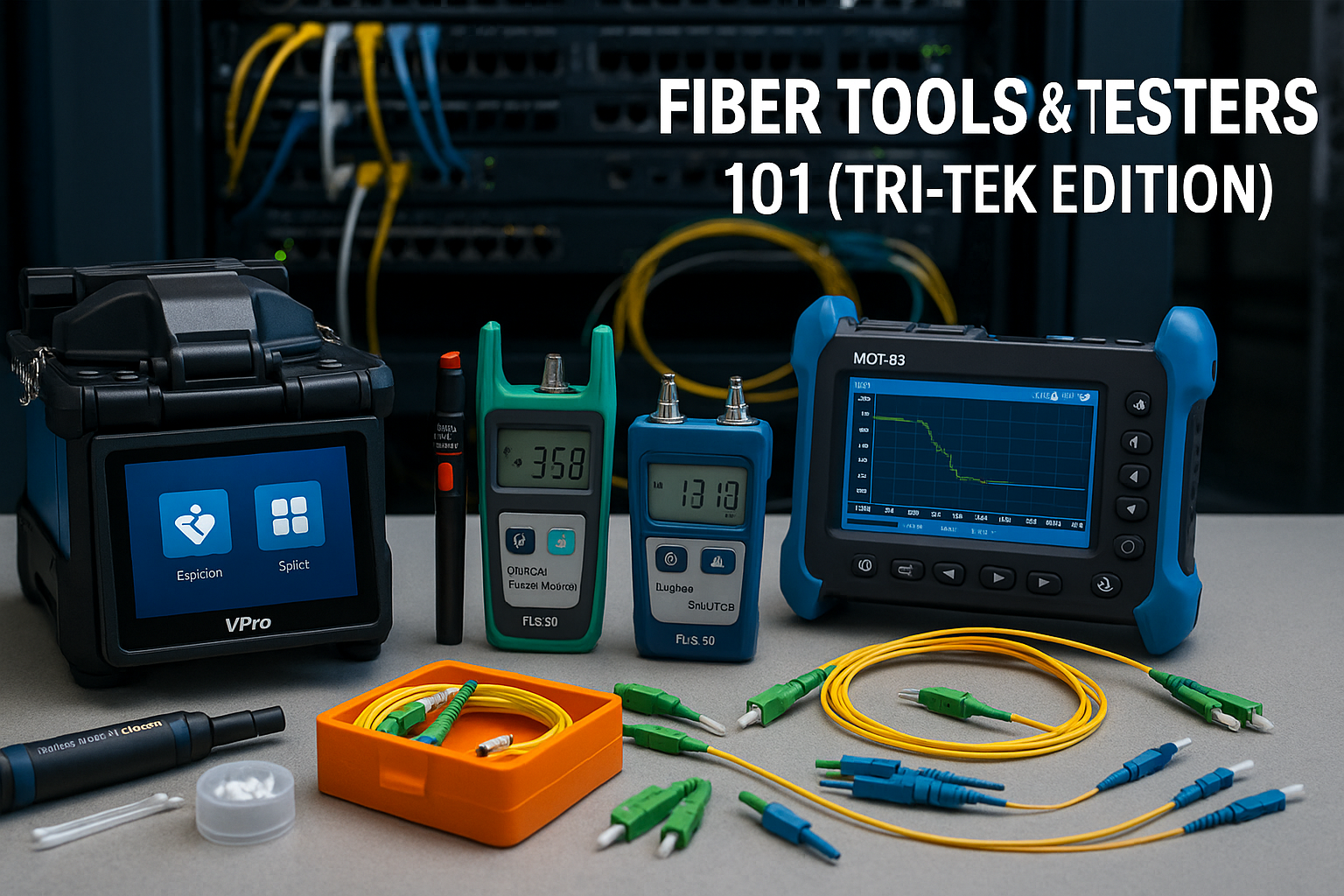
How to Choose the Right Electrolytic Capacitor for Your Electronics Project
6 min reading time

6 min reading time
When diving into an electronics project or performing a DIY repair, one of the critical components you'll often encounter is the electrolytic capacitor. Understanding how to select the correct size and type of capacitor is essential for ensuring the reliability and efficiency of your project. Here’s a straightforward guide tailored for electronic hobbyists and DIY repair technicians.
In an electronics project, a capacitor plays a crucial role in holding and releasing electrical charge. It consists of two conductive plates separated by an insulating material, known as the dielectric. When voltage is applied across the plates, an electric field develops, causing the capacitor to store energy in the form of an electric charge. This ability to store and release energy makes capacitors valuable for various applications, such as smoothing out voltage fluctuations, filtering noise, and stabilizing power supply. By strategically placing capacitors in a circuit, you can enhance performance, protect sensitive components, and ensure the stability of your electronic project.
To find a suitable replacement for an existing capacitor, you need to accurately read its capacitance value and voltage rating. Capacitors typically display these values in microfarads (μF) and volts (V). You might also encounter abbreviations like "uF" for microfarads if the Greek letter μ is not used, and "VDC" for volts direct current. It's essential to match the capacitance value of the replacement capacitor exactly to the one you're replacing to maintain the circuit’s functionality and stability. Voltage rating can be equal to or higher than the original but should never be lower. Carefully transcribing these values will ensure that your replacement capacitor functions correctly in its role within the circuit.
As previously noted, an important specification you should consider when choosing an electrolytic capacitor is its voltage rating. This rating indicates the maximum voltage the capacitor can handle before it risks damage or failure. It’s crucial to select a capacitor with a voltage rating that matches or exceeds the voltage requirements of your project. Using a capacitor with a voltage rating higher than necessary is perfectly safe and can sometimes offer better performance and durability. However, never use a capacitor with a voltage rating lower than your project’s voltage; this could lead to a quick failure of the component.
Electrolytic capacitors are polarized, meaning they must be connected with the correct polarity to function properly. Incorrect polarity can cause the capacitor to fail, often spectacularly. Typically, electrolytic capacitors are marked with a negative stripe to indicate the negative lead. Always double-check the polarity before soldering the capacitor into your circuit.
To calculate the proper size of a capacitor for a new DIY project based on voltage and holding times, you need to consider both the required capacitance (in farads) and the voltage rating. Here’s a step-by-step guide to help you:
Determine the Voltage Rating:
Calculate the Required Capacitance:
Example Calculation:
Choosing the Capacitor:
By following these steps, you can determine the appropriate capacitor size for your DIY project, ensuring it can effectively store and release the necessary charge within the specified voltage and time constraints.
Capacitors can go bad over time due to factors like heat exposure, voltage surges, or simply aging. A visual inspection can often tell you if a capacitor needs replacing. Signs of a bad capacitor include:
If you notice any of these signs, it’s wise to replace the capacitor to prevent further damage to your electronic device.
When replacing a capacitor, it’s essential to desolder the old one carefully and clean the area on the board before installing a new one. Make sure to:
For reliable, high-quality electrolytic capacitors, consider visiting www.TriTekexpress.com. They offer a wide selection of capacitors suitable for various applications, ensuring that you find exactly what you need for your project. Alternatively, if you prefer in-person shopping, drop by Tri-Tek Electronics, where knowledgeable staff can help you choose the perfect capacitor for your needs.
By understanding how to select and install the correct electrolytic capacitor, you can enhance the performance and reliability of your electronics projects. Remember, choosing the right capacitor is not just about matching specifications; it’s also about ensuring durability and stability in your circuits. Whether you’re shopping online at www.TriTekexpress.com or visiting Tri-Tek Electronics in person, you’ll find the components you need to succeed in your electronics endeavors. Happy tinkering!

